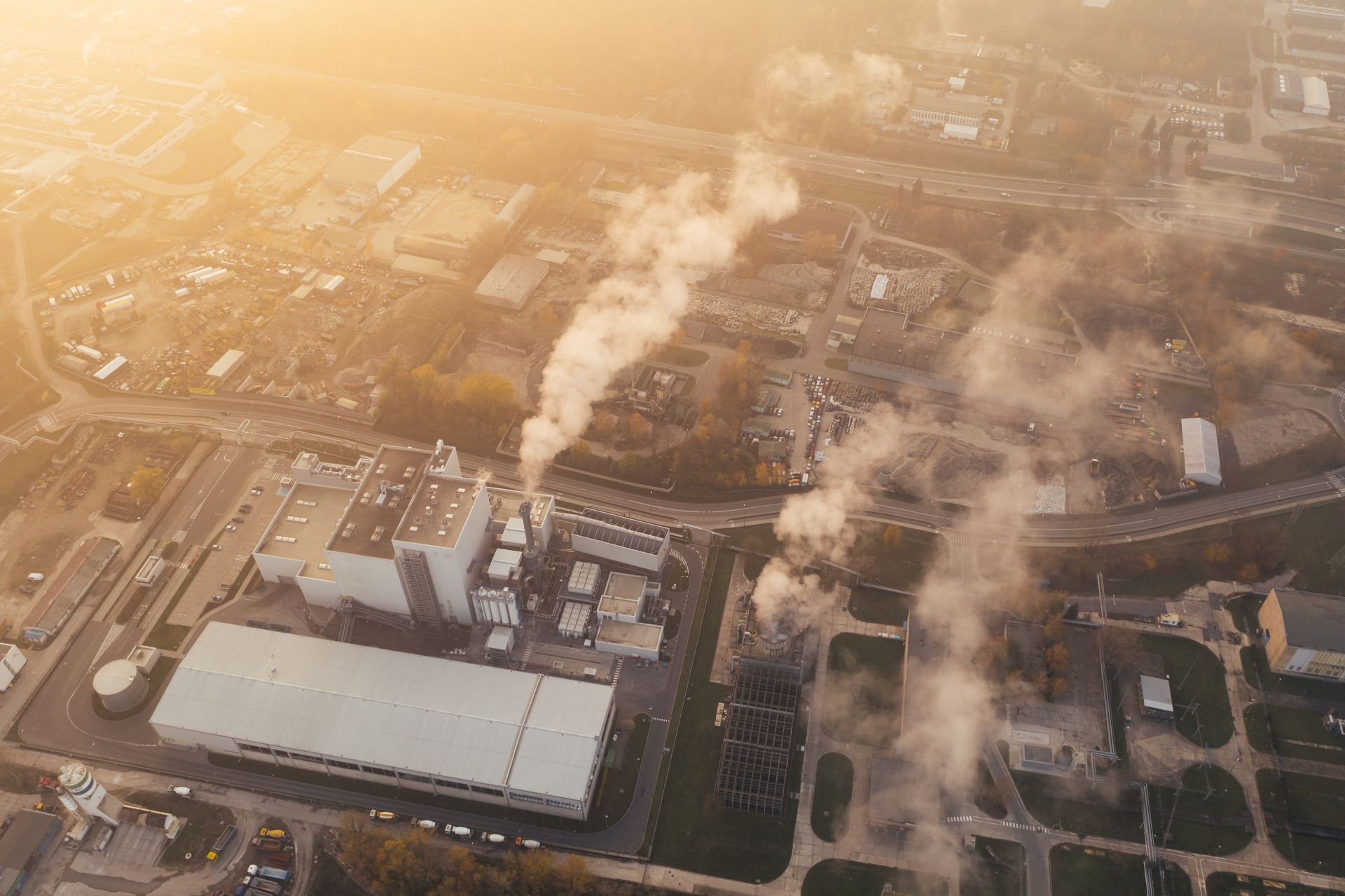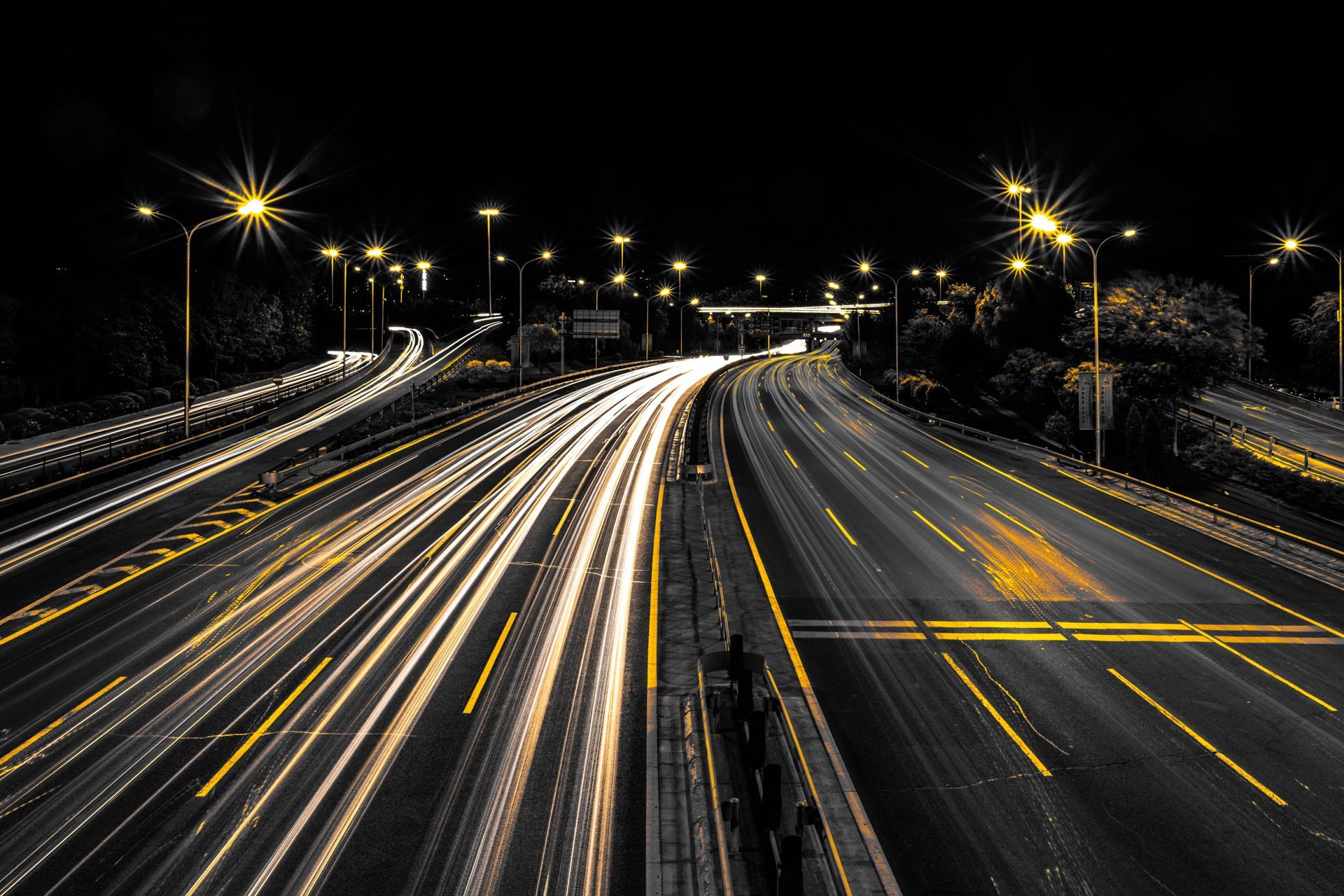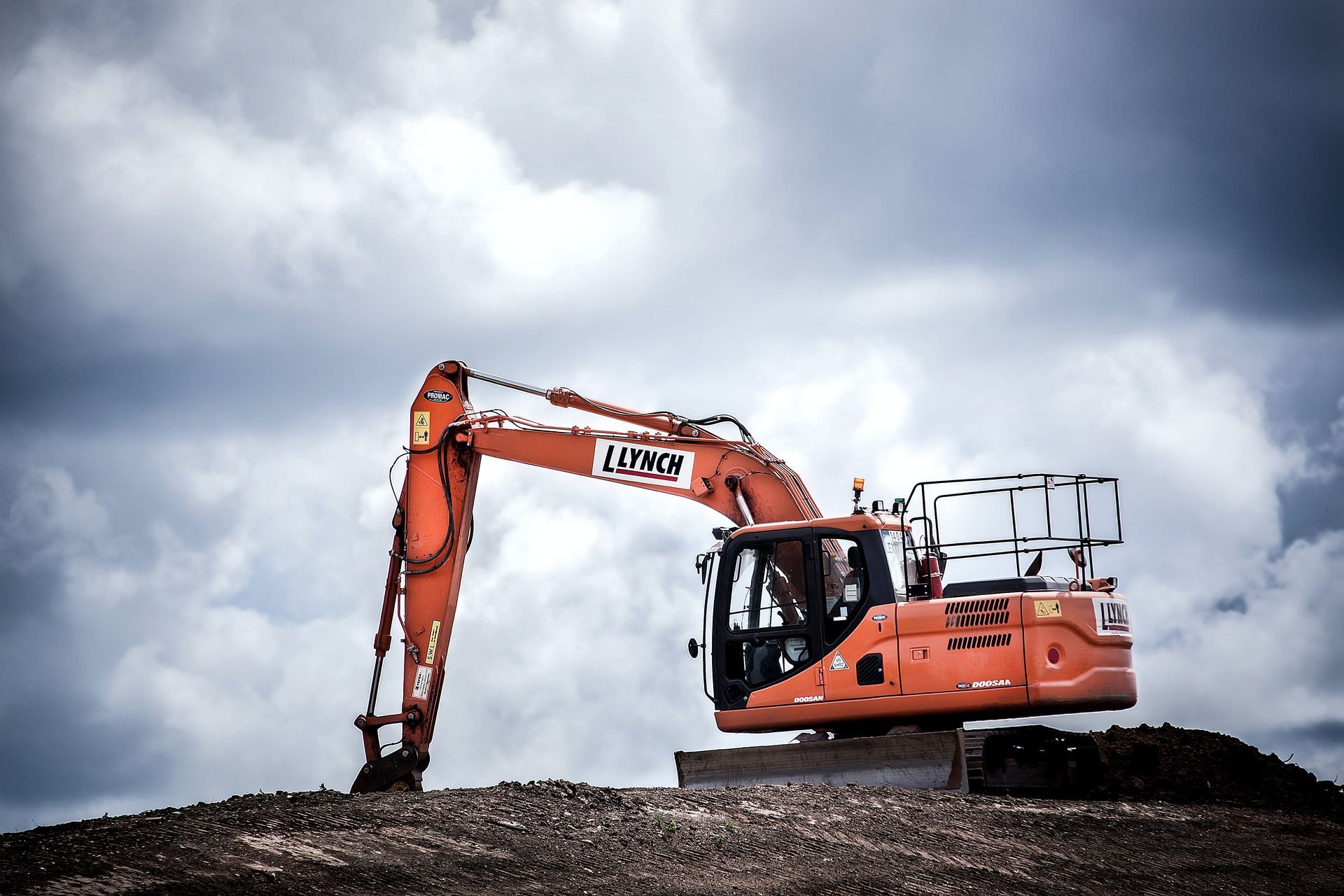For
civil engineering design consultancies
who want to minimise their environmental impact,
we help design a sustainable highway and drainage infrastructure.
PERVAN Engineering is a firm providing sustainable highway and drainage engineering design solutions using CIVIL3D & InfoDrainage.
How we are different
ReSOLVE framework
The ReSOLVE framework is the foundation of our sustainable engineering design approach.
Remote workforce
Our remote workforce can work around the clock, and whenever you need it.
Suds design specialists
We are specialists in designing sustainable drainage systems: soakaway, swale, filter strip, filter drain, rain garden, permeable pavement, attenuation basin.
C3D & InfoDrainage experts
8 years of experience in designing & modelling in CIVIL3D & InfoDrainage.
"Damir and his engineering team helped us deliver a major Network Rail project in C3D, all in one SOLID. We will be forever grateful for his effort and management skills."
Kevin Bezant
Manager @ ATKINS
Latest from our blog

By Damir Pervan
•
24 Nov, 2022
CO2e, as defined by Eurostat, is a metric measure used to compare emissions from various GHG based on their GWP (Global Warming Potential) by converting amounts of other gases to the equivalent amount of CO2. 𝐒𝐨, 𝐭𝐨 𝐜𝐚𝐥𝐜𝐮𝐥𝐚𝐭𝐞 𝐭𝐡𝐞 𝐂𝐎2𝐞 𝐢𝐧 𝐠𝐞𝐧𝐞𝐫𝐚𝐥, 𝐰𝐞 𝐧𝐞𝐞𝐝 𝐭𝐨 𝐦𝐮𝐥𝐭𝐢𝐩𝐥𝐲 𝐭𝐡𝐞 𝐚𝐦𝐨𝐮𝐧𝐭 𝐨𝐟 𝐭𝐡𝐞 𝐆𝐇𝐆 𝐛𝐲 𝐭𝐡𝐞𝐢𝐫 𝐆𝐖𝐏. For example, CO2 has a GWP of 1, while Nitrous Oxide is 298 (data obtained from the Kyoto Gases statistics). Therefore, if 1 kg of Nitrous Oxide is emitted, it can be expressed as 298 of CO2e. 𝐖𝐡𝐞𝐧 𝐰𝐞 𝐜𝐚𝐥𝐜𝐮𝐥𝐚𝐭𝐞 𝐭𝐡𝐞 𝐂𝐎2𝐞 𝐢𝐧 𝐜𝐢𝐯𝐢𝐥 𝐞𝐧𝐠𝐢𝐧𝐞𝐞𝐫𝐢𝐧𝐠, 𝐦𝐨𝐫𝐞 𝐬𝐩𝐞𝐜𝐢𝐟𝐢𝐜𝐚𝐥𝐥𝐲 𝐡𝐢𝐠𝐡𝐰𝐚𝐲 & 𝐫𝐨𝐚𝐝 𝐢𝐧𝐟𝐫𝐚𝐬𝐭𝐫𝐮𝐜𝐭𝐮𝐫𝐞, 𝐰𝐞 𝐧𝐞𝐞𝐝 𝐭𝐨 𝐜𝐨𝐧𝐬𝐢𝐝𝐞𝐫 𝐚𝐥𝐥 𝐞𝐦𝐢𝐬𝐬𝐢𝐨𝐧𝐬 𝐢𝐧 𝐭𝐡𝐞 𝐞𝐧𝐭𝐢𝐫𝐞 𝐫𝐨𝐚𝐝 𝐥𝐢𝐟𝐞 𝐜𝐲𝐜𝐥𝐞 𝐩𝐡𝐚𝐬𝐞𝐬 (material production & transportation to the site, construction, usage, maintenance & end-of-life). There is one caveat to remember. 𝐖𝐞 𝐧𝐞𝐞𝐝 𝐭𝐨 𝐭𝐚𝐤𝐞 𝐢𝐧𝐭𝐨 𝐚𝐜𝐜𝐨𝐮𝐧𝐭 𝐚𝐥𝐬𝐨 𝐢𝐧𝐝𝐢𝐫𝐞𝐜𝐭 𝐞𝐦𝐢𝐬𝐬𝐢𝐨𝐧𝐬/𝐟𝐚𝐜𝐭𝐨𝐫𝐬 𝐫𝐞𝐥𝐚𝐭𝐞𝐝 𝐭𝐨 𝐨𝐮𝐫 𝐬𝐮𝐩𝐩𝐥𝐲 𝐜𝐡𝐚𝐢𝐧 𝐞𝐯𝐞𝐧 𝐭𝐡𝐨𝐮𝐠𝐡 𝐰𝐞 𝐚𝐫𝐞 𝐧𝐨𝐭 𝐝𝐢𝐫𝐞𝐜𝐭𝐥𝐲 𝐢𝐧𝐯𝐨𝐥𝐯𝐞𝐝 𝐢𝐧 𝐢𝐭. Until next time,







